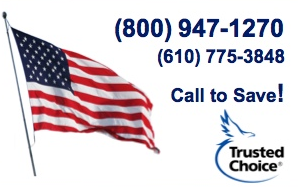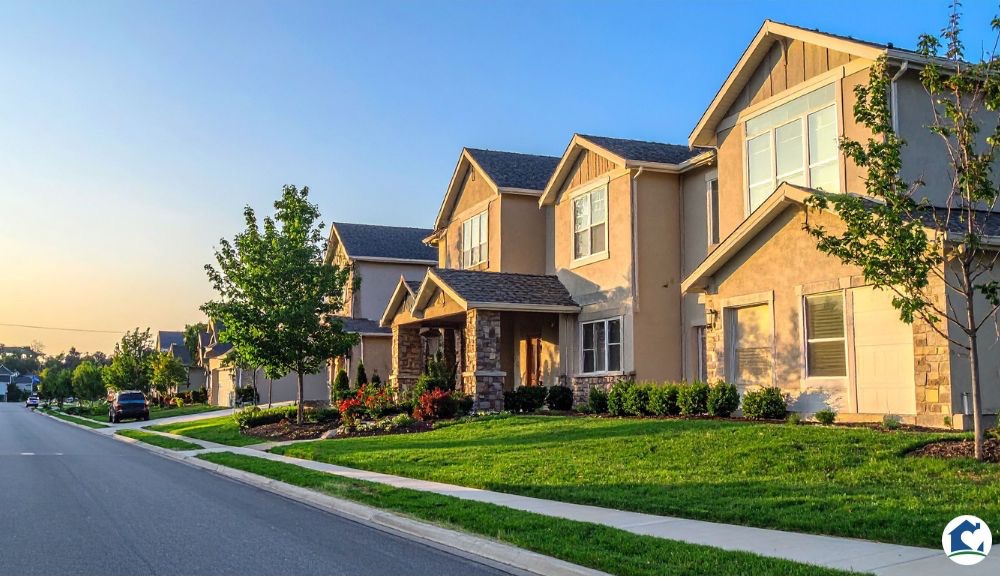
When you apply for car or truck insurance, your driving history speaks volumes. Insurance companies look at your record to assess your risk as a driver. If you have a clean record, your rates may be lower, and you may even get discounts. But if you keep breaking the law or getting into accidents, your rates will likely go up significantly.
The good news is you can make better choices and take steps to lower your truck insurance rates over time if you understand how insurance companies look at your driving record.
How Driving Records Affect Premiums
Insurance companies rely on data and risk analysis to set premiums. Every incident—whether a speeding ticket, at-fault collision, or DUI—becomes a data point that influences your rate. Generally, insurers look back three to five years at your record, although serious offenses may have longer-lasting effects.
A clean driving history signals to insurers that you're less likely to file a claim, qualifying you for lower premiums and safe driver discounts. On the other hand, even a small ticket can raise your rate significantly, and more serious offenses can cause much bigger jumps. Insurance companies may also label you as a "high-risk driver" after you have several violations, which will limit your options for preferred coverage.
Major vs. Minor Infractions
Not all driving violations carry the same weight. Minor infractions, such as a small speeding ticket or a non-moving violation, might slightly affect your insurance costs but usually won't cause long-term damage—especially if they're isolated incidents.
However, serious violations can significantly affect your premiums. Some examples are driving drunk, driving too fast, or causing an accident that hurts someone or damages property. These crimes not only make your insurance more expensive, but they can also cause your policy to be canceled or make it hard to find reasonably priced coverage later.
The difference between major and minor offenses is the degree of risk involved. In other words, the more likely your actions are to lead to a claim, the more you'll pay.
Improving Rates with Safe Driving Programs
You don't have to pay higher premiums for insurance for the rest of your life just because you have a bad driving record today. Many insurance companies offer safe-driving or telematics programs that reward you for driving safely. You can have a monitoring device installed in your vehicle to show that you drive safely. It could supply information indicating you follow the speed limit, don't brake hard, and drive less at night.
If you drive safely and consistently, your rates could go down over time, usually within 6 to 12 months. If you take defensive driving courses, you can also remove demerit points and qualify for reduced rates. Keeping your record clean is an excellent way to earn your insurance company's trust again and get you back to standard or preferred pricing.
In short, your driving history has a considerable effect on your current rates, but you can lower your future premiums by driving safely and taking steps now to avoid accidents and tickets.
Contact Us for the Best Prices on Commercial Truck Insurance!
We are independent brokers here at American Insuring Group. Our agents shop the market for the best quality insurance rates for truckers that match your needs!
Call us today at (610) 775-3848 or online for the best vehicle and commercial truck insurance rates!
















